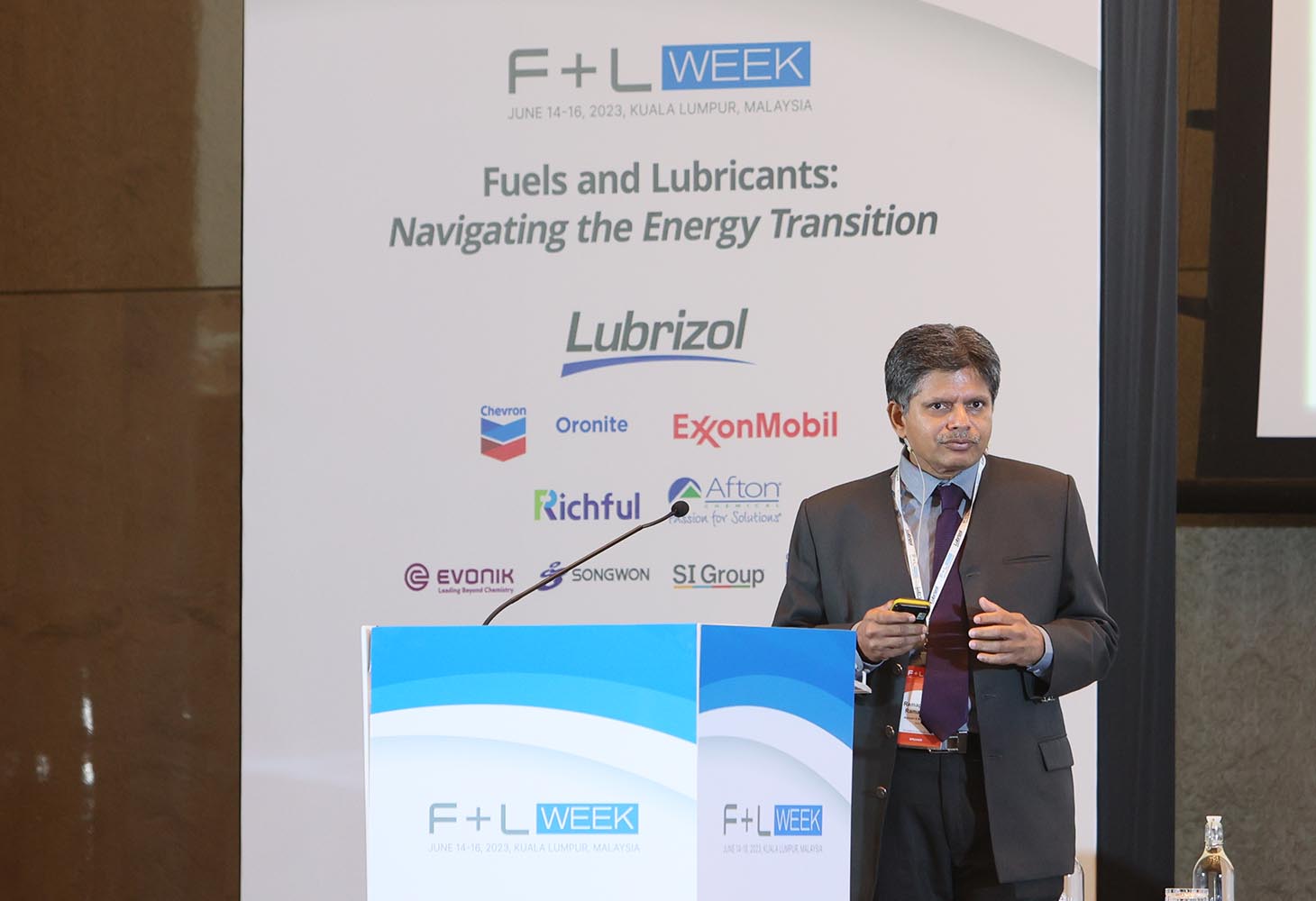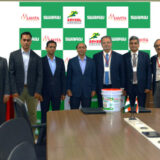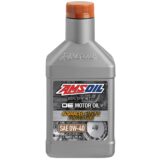
Mahindra tribology study delivers 1.5% fuel economy improvement
India is moving to curb vehicular pollution and is quickly catching up with global emissions standards. During F+L Week 2023, held at the Four Seasons Hotel in Kuala Lumpur, Malaysia, from June 14-16, R. Ramaprabhu, head of fluids technology at Mahindra & Mahindra Ltd. (M&M), outlined a variety of options to improve the efficiency of internal combustion engines.
As India is very much concerned about customer affordability, engine oil continues to be the best option for efficiency improvement, says Ramaprabhu. There is significant potential for formulation optimisation, he says.
Ramaprabhu is responsible for fluids development and approval for the Mahindra Group and is the industry and government liaison for liquid and biofuels technical projects. During his F+L Week address on Tribology Approach for Engine Oil Efficiency Super Optimization, Ramaprabhu discussed the results of a tribological study that looked to establish fuel economy improvements in passenger car gasoline and diesel vehicles.
The research considered multiple sequences of base oils and additives, mostly using Group III base oil with different combinations of friction modifiers (FM). In total, there were eight components, 60 formulations and 25 candidate oils.
During the research, India entered a Covid-19 enforced lockdown creating uncertainty around vehicle and resource availability and placing restrictions on vehicle level and on road testing. M&M aimed to establish a tribology test procedure that mimicked vehicle/engine operating conditions with customised test conditions to estimate realistic fuel economy potential. The study was successful in saving development time, cost and resources to the tune of 30% and it ensured on-time implementation, says Ramaprabhu.
Selected friction modifiers and polymers, in combination with specific Group III base oils, achieved the required friction reduction within the given viscometric boundary, says Ramaprabhu. The study helped in achieving the 0.75% to 1.5% fuel economy improvement (and in turn carbon dioxide reduction) without major hardware changes and rheology property changes, he says. The durability of engine parts remained un-compromised with the new candidates and with fuel dilution.













